Spring Specification
- Ends: German loops, random position
- Note: All Springmasters Extension Springs are right hand coiled.
- Tolerances: All dimensions and forces conform to DIN 2095 (Grade 2) or BS 1726 Class B.
Extension Spring Formula.
Design of extension springs is virtually the same as that of compression springs, the formulae for rate and stress being identical.
Extension springs, however are different in two ways. Firstly, they are normally close-coiled whereas in compression springs the coils are open. Secondly, initial tension can be put into extension springs so that a particular load has to be applied to the spring before the coils begin to open.
This can only be done in springs manufactured from cold-drawn material and the maximum initial tension which can be obtained is calculated as follows:
![]()
W1 = Initial tension load
S1 = Initial tension stress
d = Wire diameter
R = Mean radius of coil
The initial stress is taken from the following table.
| Index (D over d) |
Stress (p.s.i.) |
Index (D over d) |
Stress (p.s.i.) |
Index (D over d) |
Stress (p.s.i.) |
Index (D over d) |
Stress (p.s.i.) |
Index (D over d) |
Stress (p.s.i.) |
|---|---|---|---|---|---|---|---|---|---|
| 3 | 25,000 | 4 | 22,500 | 5 | 20,000 | 6 | 18,000 | 7 | 16,200 |
| 8 | 14,500 | 9 | 13,000 | 10 | 11,600 | 11 | 10,600 | 12 | 9,700 |
| 13 | 8,800 | 14 | 7,900 | 15 | 7,000 |
